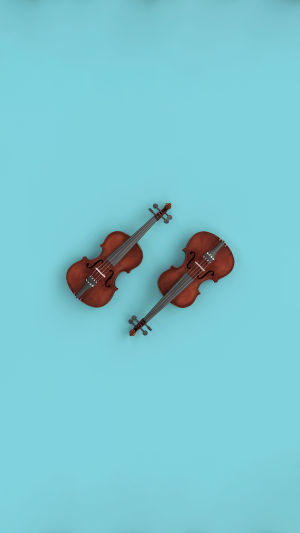The violin is a beautiful and versatile string instrument that has captivated audiences for centuries.
With its unique construction and rich history, the violin stands as one of the most cherished instruments in the world.
<h3>History and Evolution</h3>
The violin's origins date back to the early 16th century in Italy, where it evolved from earlier string instruments like the viola da gamba and the fiddle. The first violins were crafted by skilled luthiers, with Andrea Amati often credited as one of the first makers. Over the years, the instrument underwent several modifications, leading to the modern design we recognize today.
<h3>Structure and Design</h3>
A standard violin has several key components: the body, neck, fingerboard, strings, and bridge. The body is typically made from maple and spruce, contributing to its rich tone and resonance. The violin has four strings, tuned to G, D, A, and E, which produce a wide range of pitches. The instrument is played using a bow, traditionally made from horsehair, or by plucking the strings with fingers, a technique known as pizzicato.
<h3>Playing Techniques</h3>
Mastering the violin requires dedication and practice. Musicians learn various techniques, including bowing, fingering, and vibrato, to produce expressive sounds. The bowing technique involves drawing the bow across the strings in a controlled manner, while fingering determines the pitch by pressing the strings against the fingerboard. Vibrato, achieved by oscillating the finger while pressing the string, adds warmth and depth to the notes.
<h3>Role in Music</h3>
The violin plays a prominent role in numerous musical genres. In classical music, it is a staple in orchestras, chamber ensembles, and solo performances. Renowned composers such as Vivaldi, Mozart, and Beethoven have written extensively for the violin, showcasing its capabilities. In jazz, the violin finds a place as a solo instrument, allowing for improvisation and personal expression.
<h3>Learning the Violin</h3>
Learning to play the violin can be both rewarding and challenging. Beginners typically start with a basic understanding of music theory, note reading, and finger placement. Private lessons, group classes, and online tutorials are widely available, providing various pathways for aspiring musicians. Regular practice is essential for developing technique and confidence.
The violin is more than just an instrument; it is a gateway to creativity, emotion, and connection. Its rich history, intricate design, and expressive capabilities make it a beloved choice for musicians worldwide. Lykkers, whether played in a grand concert hall or a cozy living room, the violin continues to inspire and enchant, creating beautiful music that transcends time and culture.
Facts About The Violin
Video by Ted's List





